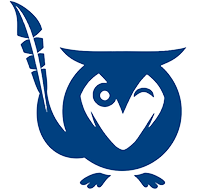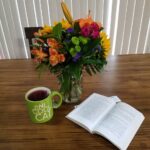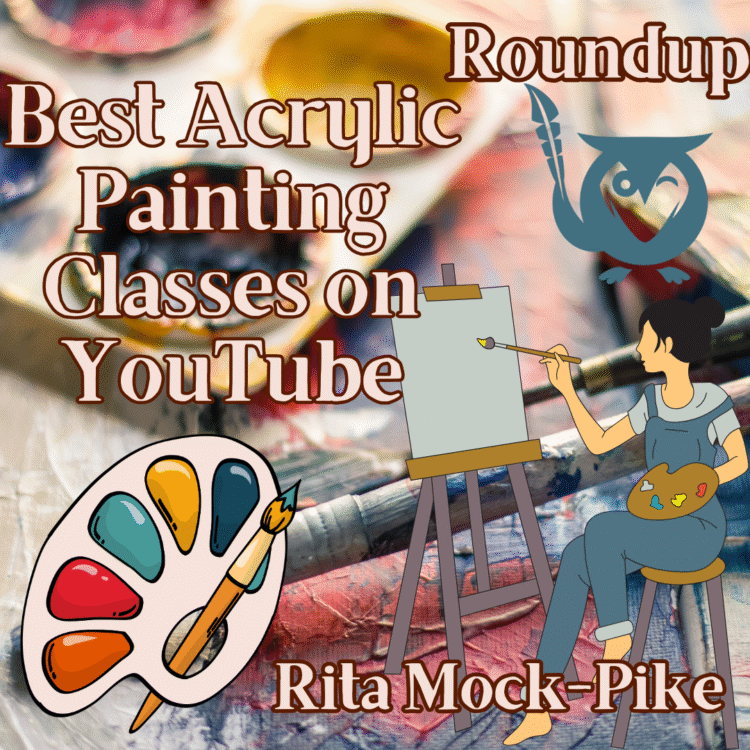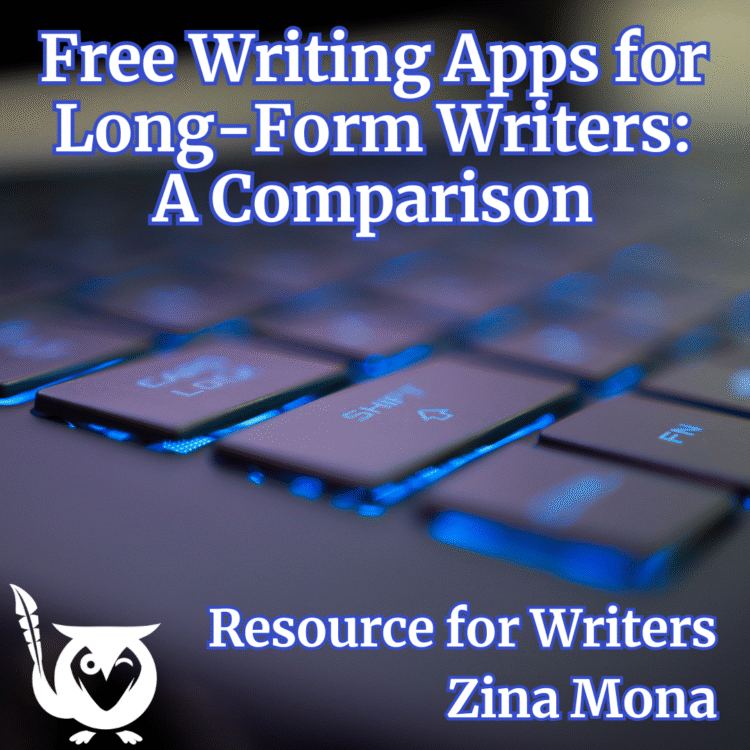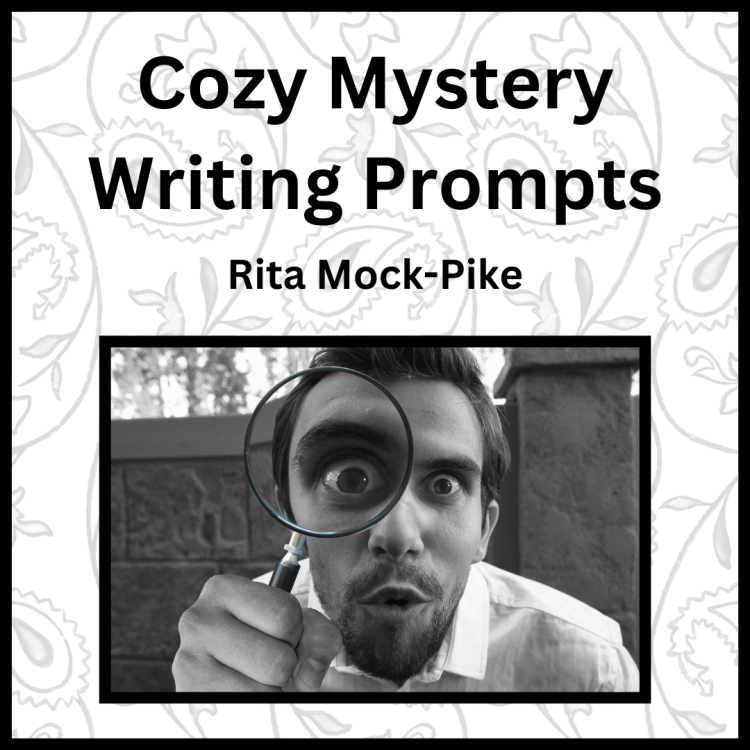Got Resources?

Image created on Canva
Any writer or editor has a nerd-out topic that they would like nothing more than to talk your ear off about if you give them half a chance. Most have more than one. These topics might range from a specific genre or style of writing to historical time periods or technological advancements.
One of my favorites is writing resources: I love finding books or articles that I can dive back into again and again to hone my craft and (hopefully) help others to hone theirs. With that goal in mind, today I’d like to share a little about five of the many, many useful books that grace my overstuffed shelves.
Emotion Thesaurus: A Writer’s Guide to Character Expression
There are several books in this thesaurus theme that you may also find useful, but Emotion Thesaurus: A Writer’s Guide to Character Expression by Angela Ackerman and Becca Puglisi is the one I go to the most when I’m stuck for descriptive ideas.
Writing isn’t just about putting words on a page, after all; it’s about leaving your heart there too, for readers to pick up and wonder at. The Emotion Thesaurus gives you innumerable tools to do just that.
With over 130 named emotions ranging alphabetically from Acceptance to Worthlessness, along with a few short, related guides, this book provides innumerable starting blocks for building your characters’ realistic reactions. It also offers connection points, tying the different emotions together in directional spirals to help you craft a more enduring response.
Eat Shoots & Leaves
Eats Shoots & Leaves by Lynne Truss has been out for a while — since the early part of this century in fact — but it does not get old. It’s a grammar book that makes me laugh so hard I cry. What other grammar book does that?!
But in the midst of the hilarity, the author also teaches her readers the basics of the most egregious writing errors: apostrophes, end marks, and oxford commas, among other things.
It’s written for British English, so Americans like me have to be mindful of a handful of differences, but ultimately, that’s the point. As someone who has the mixed blessing and curse of a natural proofreader’s eye, I find this book liberating. Someone else understands me. Someone else is trying to make a difference. Sticklers Unite!
Story: Substance, Structure, and Style, and the Principles of Screenwriting
The oldest book on this list, but still a gold standard for writing, I picked this little tome up as part of a film class I took way back in 1999. Little did I know then how useful I would find Story: Substance, Structure, and Style, and the Principles of Screenwriting, by Robert McKee for my writing as well!
Familiar phrases that today get tossed around lightly in the storytelling world, such as “Immediate Scene”, arguably had their popular beginnings in this book.
It’s dense, full to overflowing with information and guidance applicable to any kind of storytelling — film, theatre, writing, and more — so the fact that McKee did condense into the readable number of pages it has, rather than something multiple volumes long, is an impressive feat of its own. That said, if you want more, he’s got more, including Dialogue (which I also have).
Self-Editing for Fiction Writers: How to Edit Yourself into Print
Self-Editing for Fiction Writers: How to Edit Yourself into Print by Renni Browne and Dave King is one of the best kinds of writing resources: A book written to people who want to get published, by the people most eager to help them get published.
This book is a relatively short read through all the various and most important concepts that a writer needs to pay attention to during their self-editing processes.
Self-Editing for Fiction Writers discusses the arts of showing vs telling, proportion and point of view, dialogue mechanics and beats, and much more, covering just enough of each to wet your appetite and give you a clear direction. It also provides multiple examples and exercises, and a list of solid recommendations for further study (including the aforementioned Story).
The Last Fifty Pages: The Art and Craft of Unforgettable Endings
Anyone else have about a hundred unfinished writing projects just sitting around waiting for the final epiphany to strike? This problem plagued me for years — decades, even. Fortunately, there is help available, and it’s amazingly uncomplicated!
The Last Fifty Pages: The Art and Craft of Unforgettable Endings by James Scott Bell is a slim volume: It’s a quick read of less than a hundred pages, but it doesn’t skimp on good insight.
It first acknowledges the obvious: That endings are hard. Then it moves on to discuss their purpose, shape, resonance, and common problems. And finally, it provides and examines dozens of examples to help get your brain unstuck and headed toward your personal and truly grand finale. “Hard” no longer equates with “impossible”.
What About You?
These books represent a tiny fraction of the varied spines I admire each day as they rest above my desk. And they’re an even smaller fraction when compared with the resources I’ve enjoyed via my public library, or learned about and still am intent on finding elsewhere (so long as it fits my budget).
But what about you? Do you have favorites you often return to for help or inspiration? Do you have snippets of writerly wisdom you’ve collected, or large, drool-worthy tomes to pour over? I promised only five in this short round-up — but the full list, just like my enjoyment of the topic, could probably go on forever.
–
Need more writing resources and reviews? Our Head of Copy Editing and the Team here at MockingOwl has lots to share.
- Chasing Down the Muse – Fitness for Creatives
- Fight Write – Book Review
- Line and Sinker: A Review of ‘Hooked’
- The Book, a Nonfiction Review for Writers
- Writing Tip: Create Character Bios
- Mapping Ideas for Those Who Don’t Draw – a Writing Resource
- Worldbuilding 101: Characters, the Story Foundation
Tandy Malinak was engrossed in visual art, stage performance, and storytelling before she knew what the words meant. A second-generation homeschooler with a BA in Elementary Ed, she also knows kids and homelife; set her down with a cup of tea, and she’ll go until you stop her. She loves fantasy, sci-fi, Nintendo, board games, studying the Word, the smell of a campfire, the sound of ocean waves, and all things feline—to name a few! Originally from Seattle, Tandy now lives in Chicago’s northside with her husband, 2 dragon-loving kids, and 4 cats.
Tandy recently perched herself on Twitter’s branch. She’s still figuring it out, but will make noise there eventually.

